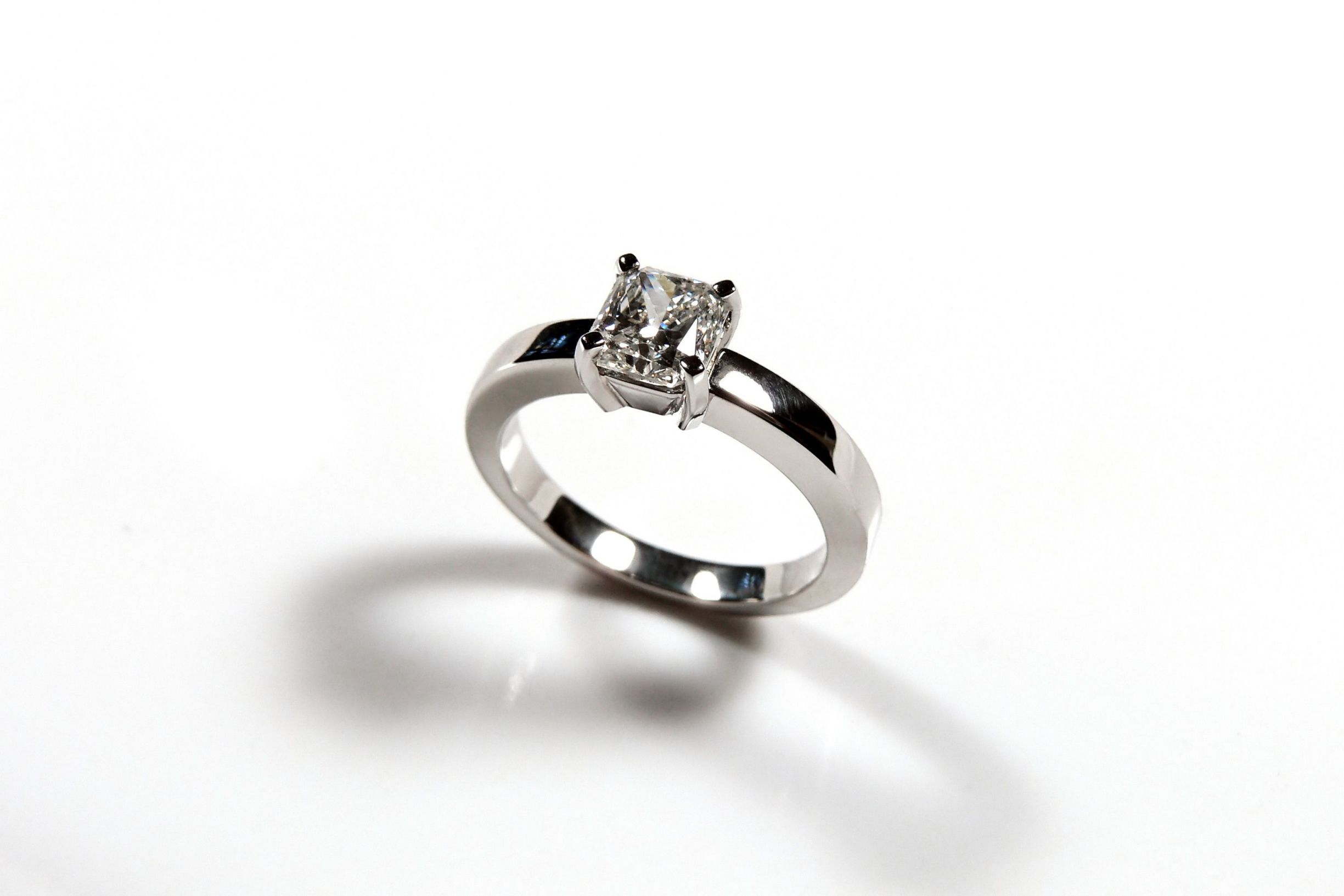If you’re browsing jewelry or gems for sale and quickly want to decide if a clear stone is a diamond, there will include some simple tests you may apply without any specialized equipment. According to our jewelry appraisal in Jacksonville, FL experts, the test of scratching a stone across metal or glass is not all that reliable, and may just provide you with a damaged gem; instead, checking the way the stone reflects light or if the stone fogs up while breathed on may offer you a better indication of whether it is a real diamond or not. Those tests rule out recognizable imposters because they’ll rely upon the way a real diamond will refract light, looks up-close, and conducts heat.
Print Test
If the gem is unmounted and loose, attempt to place it over printing. Diamonds will refract so much light that they won’t work as a magnifying glass and you’d see no circles, letters, or lines through them. Additional clear stones such as crystal or glass will clearly reveal the print. Be cautious: Depending upon how the diamond is cut, this print test isn’t fully reliable.
Light Test
According to our jewelry appraisal in Jacksonville, FL experts, a similar test will use a small light, like one which may be carried on your key ring. If you shine your light through the stone and view only a bright halo surrounding the rim, it’s more likely to be a real diamond. Searching the shadows cast by a stone also can assist in determining what type of gem it is, as true diamonds usually casts grayish shadows, and not rainbows.
Breath Test
Also, diamonds are good at conducting heat. Breathe upon the stone’s surface and instantly check to see if it fogged up. Cubic zirconium, glass, and quartz will remain hazy for a minute prior to the condensation dissipating, yet you should not have the ability to view any moisture on a true diamond. One rock, referred to as moissanite, also will pass this test; therefore, it isn’t fully reliable. If you are not certain about the stone, you might have to get a thorough thermal conductivity assessment done by a jeweler.
Look Closely
Looking up close at the ridges, specks, and facets may offer you a clue to the identity of the gem. Diamonds have inclusions, which are small bits of additional minerals which were crushed into the stone as it formed; therefore, impurities do not mean a gem is not true. If its facets have rounded or worn corners, or if the stone appears bubbly, rippled, or pitted, it’s potentially glass. Gems which are perfectly clear, that do not have any inclusions, might be quartz. Visit here for more information.

